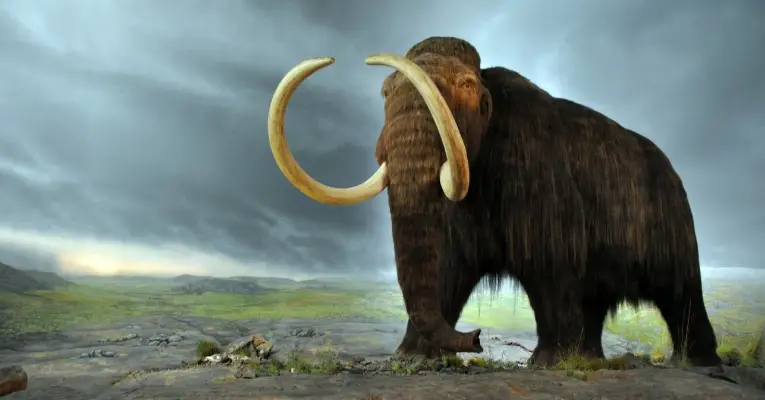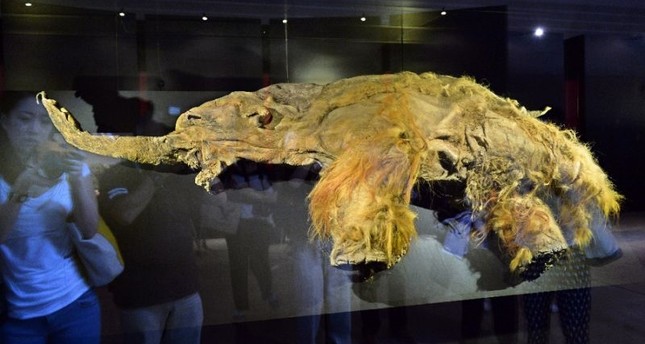It
seems like the type of story that would serve as the prologue to a new Jurassic
Park—the woolly mammoth, that huge relative of the elephant that
disappeared from the earth around 10,000 years ago, could be brought back to
life after scientists awakened cells belonging to the long-extinct creature.

Researchers
from Japan and Russia are hopeful that this will be the case after a series of
experiments were performed using the remains of a well-preserved mammoth
carcass named Yuka that dates back 28,000 years. The team, based in Osaka’s
Kindai University, extracted the prehistoric beast’s bone marrow as well as
muscle tissues and injected them into mouse ovaries, triggering “signs
of biological activity” and the forming of structures that often
precedes cell division, according a study published Tuesday in Scientific Reports journal.
While
the actual development of a live specimen remains a distant possibility,
researcher Kei Miyamoto, a co-author of the study, told the Nikkei
Asian Review that the achievement marks “a significant
step towards bringing mammoths back from the dead.”

“We want to move our study forward to the stage of cell division,” he added while acknowledging that “we still have a long way to go” before the species is revived in full.
The
team had previously attempted to use a nuclear transfer to spark similar
activity in the cells of a different mammoth’s genetic material to no avail, “possibly
owing to the technological limitations at that time and the inappropriate state
of the frozen mammoth tissues.”

However,
the uncontaminated nature of Yuka’s remains–which were preserved in pristine
condition in the Siberian permafrost until their discovery in August 2010–have
allowed the joint Japanese-Russian team to collect 88 nucleus-like structures
from the animal. It is thought that Woolly mammoths roamed East Asia throughout
the Ice Age before rising temperatures, dwindling food supplies and human
hunting rendered the huge-tusked, six-ton beast extinct.
The
scientists are hopeful that their work can shed light on what contributed to
the wooly mammoths’ extinction, noting in their report:
“Our work provides a platform to evaluate the biological activities of nuclei in extinct animal species… Ancient species carry invaluable information about the genetic basis of adaptive evolution and factors related to extinction.”
Comments
Post a Comment